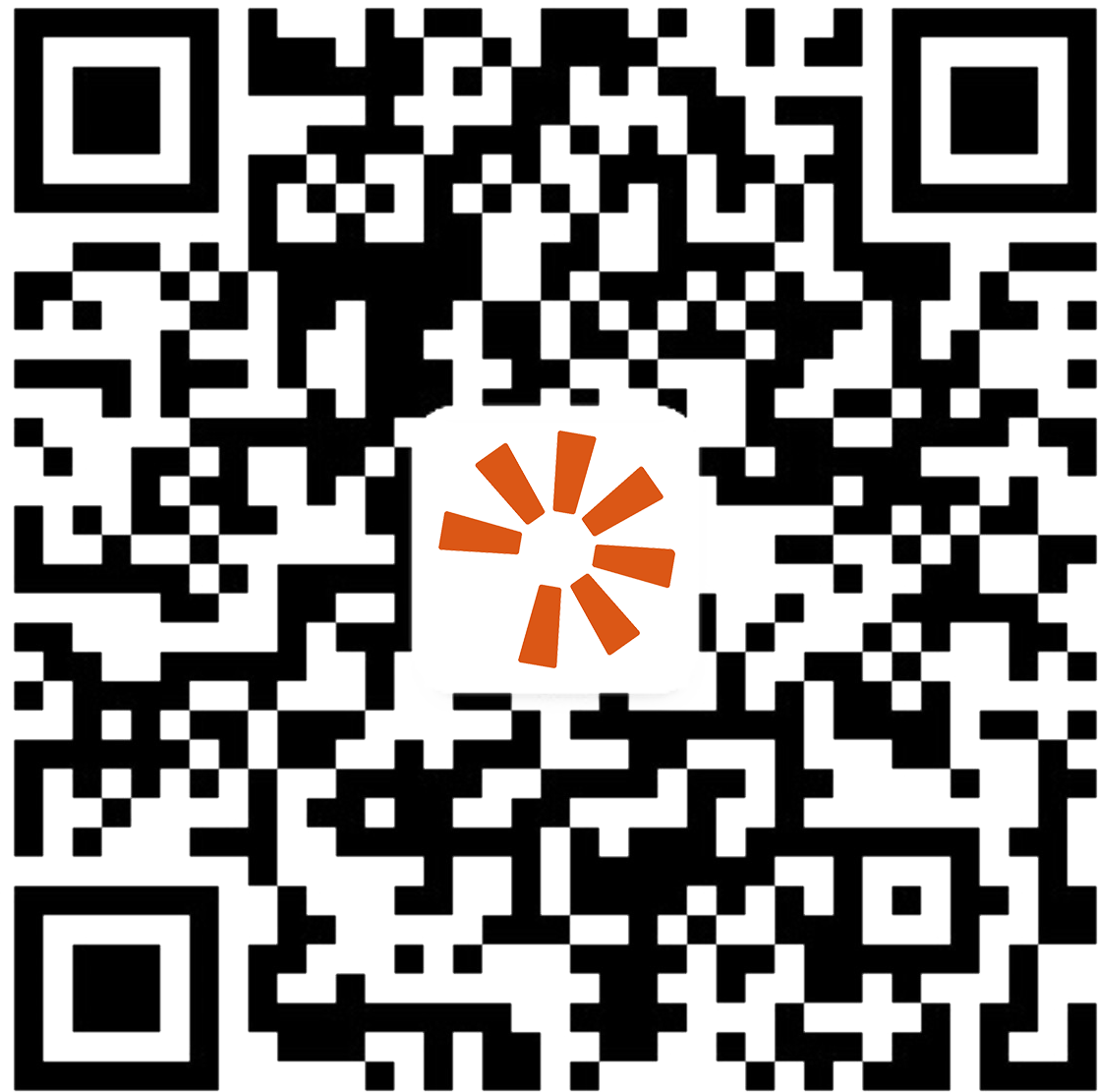In the seventh century AD, the West invented the air blowing method to make flat glass, and glass began to be used on church doors and windows. 1000 years later, in the Qing Dynasty, flat glass windows were introduced to China, and the price was as high as 15 taels of silver per square meter during the Yongzheng period, and half a house could be bought in Beijing. Glass brings sunlight to dark rooms, and this once expensive item has now become a must-have choice for home improvement and living in ordinary homes. Today, the glass market has formed a huge industry.
Glass has excellent light transmission and can provide a wide field of view, but it also allows solar heat to enter the room, causing a huge waste of energy. In order to reduce direct sunlight, people commonly use the traditional way of shading the sun inside/outside. Internal shading, such as curtains of various materials, only block the sunlight that has entered the room through the window, and the energy saving effect is limited because the energy has already entered the room. External shading devices, especially electric external shading, have better energy-saving effect than internal shading, but most external shading products are difficult to avoid the disadvantages of poor reliability, short life and difficult cleaning. Moreover, this approach affects the simplicity and beauty of the building itself, and it also limits the view of the occupants.
In addition to the traditional mechanical shading, an emerging electronic sunshade glass product is entering the market. It combines the latest technology in the field of glass materials and electronic control, which can realize the intelligence of shading, privacy and energy saving on the glass. This black technology represents that glass can be applied to the field of smart buildings and smart cars to achieve the effect of intelligent shading and intelligent privacy. In architecture, smart glass can replace external shading while providing wide views, energy efficiency and technological aesthetics. Cars equipped with smart glass will have better privacy and energy saving, and with microcircuits, they can also achieve safety features such as timely alarms.
According to the way the function is realized, smart glass can be divided into passive and active. Passive smart glass mainly includes thermochromic and photochromic. A typical representative of this is vanadium pentoxide material, whose crystal structure changes from monoclinic to rutile tetragonal structure at a specific temperature, and the corresponding changes in optical properties. The advantage of passive smart glass is that it does not need to be driven by external power supply, and the installation is simple and convenient, but the disadvantage is that the difference in transmittance before and after discoloration is small, and the temperature range required for discoloration is wider, so it is easy to have normal discoloration in summer but not obvious discoloration in winter.
Compared with passive smart glass, active smart glass can be actively controlled as you like because of the combination of electronic and electronic control technology, and combined with concepts such as the Internet of Things and photothermal sensors to achieve autonomous intelligent control. Although it is difficult to avoid a slightly cumbersome circuit installation, active smart glass has a better intelligence, energy saving and change effect. There are three main technologies for active smart glass: polymer dispersed liquid crystals (PDLC), suspended particulates (SPD) and electrochromic (EC).
With the acceleration of global urbanization and the development of the construction industry, the demand for architectural glass has also increased accordingly. Especially in developing countries and emerging markets, the demand for architectural glass is growing rapidly. At the same time, with the advancement of technology, architectural glass is also constantly innovating, such as smart glass, energy-saving glass, etc., providing new opportunities for the growth of the industry. In the field of automotive glass, the demand for automotive glass is also showing a growing trend due to the increasing requirements of automotive consumers for safety and comfort. In addition, the development of intelligent driving technology also provides new growth opportunities for automotive glass, such as HUD (head-up display) glass.
Nowadays, as consumers' concerns about environmental friendliness and sustainability increase, packaging glass is increasingly favored as a recyclable and reusable material. And, with the impetus of emerging technologies and the increase in market demand, the demand for specialty glass is also growing. In addition, with the continuous innovation and development of technology, such as 3D printing, wearable technology, etc.
We have reason to believe that in fact, we are also working hard for it, and at the take-off point of the smart glass industry, we are expected to find growth opportunities in emerging fields and boost the development of the smart glass industry.









